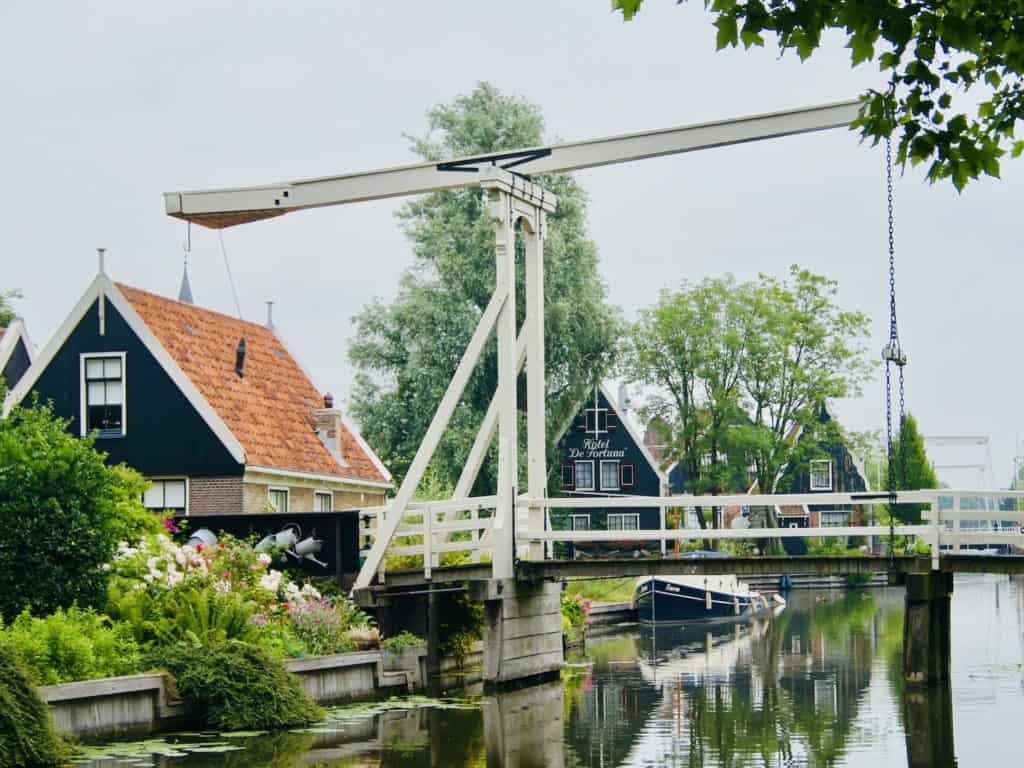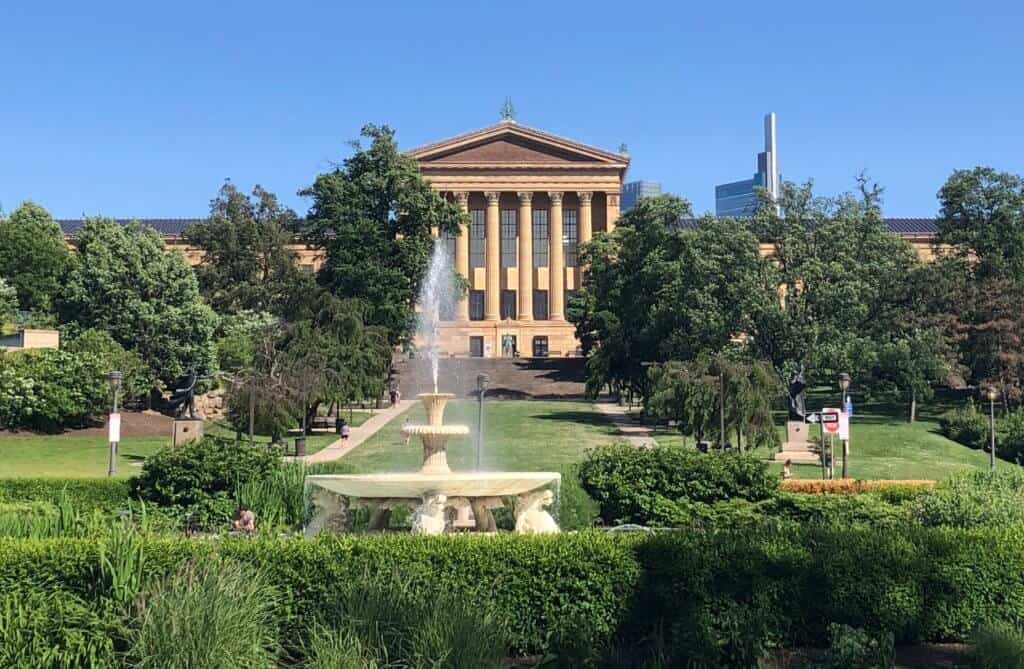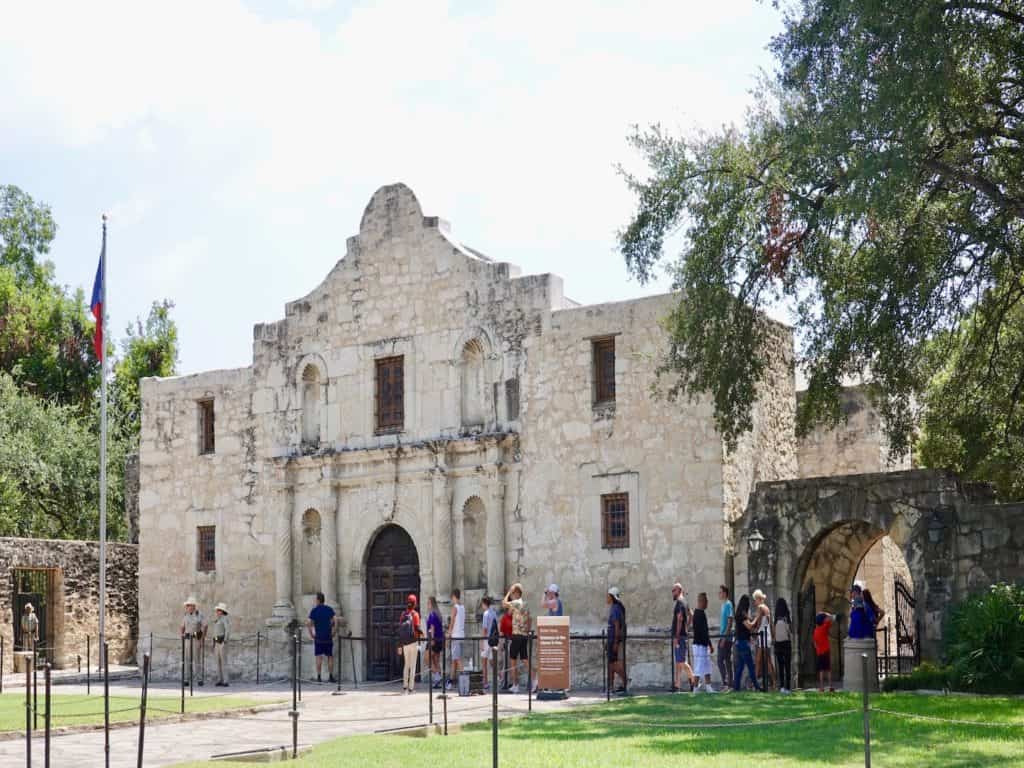Several generations of the Vanderbilt family – among the most wealthy American dynasties during the 19th and early 20th centuries – owned homes in the United States including the Biltmore in Asheville, North Carolina; the Breakers and Marble House in Newport, Rhode Island; and tony townhouses in New York City. The Vanderbilt Mansion National Historic Site in Hyde Park, New York was a country estate that Frederick and Louise Vanderbilt enjoyed in spring and fall. It is situated along the east bank of the Hudson River and is designed to take advantage of outdoor pursuits. Today visitors can tour the Vanderbilt mansion as well as walk through the formal gardens, along woodland paths, and relax on the grassy lawn or along a riverside trail. My husband and I enjoyed our tour of the mansion as well as strolling the grounds to see the extensive gardens, a waterfall, and we appreciated the scenery while having a picnic lunch down along the bank of the Hudson River.
The Vanderbilts in Hyde Park
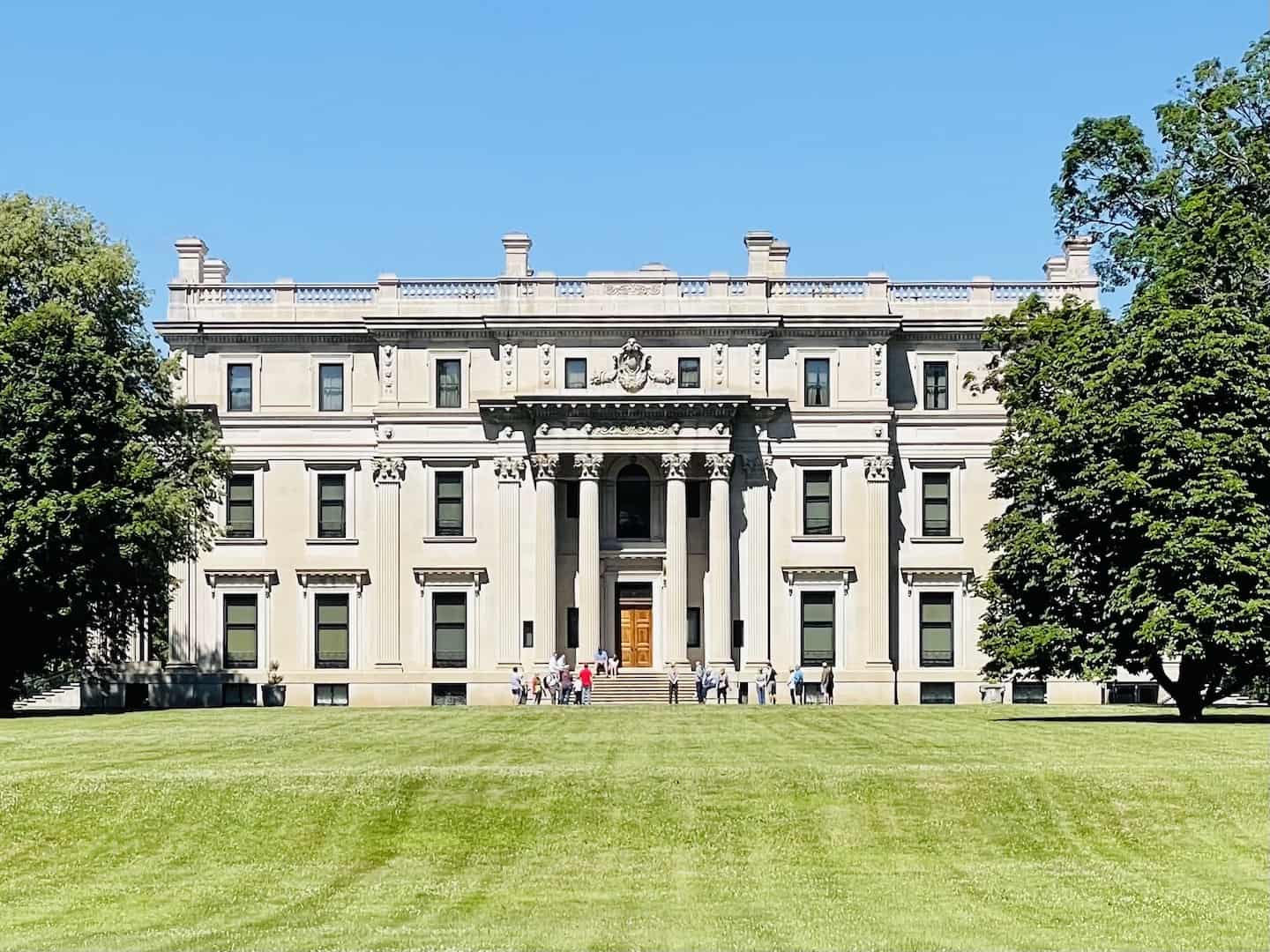
Frederick Vanderbilt (1856-1938) was the grandson of Cornelius Vanderbilt (1794-1877), the patriarch of the family and the creator of the vast Vanderbilt fortune. Built in the Beaux-Arts style in the 1890s, the Vanderbilt mansion in Hyde Park has 54 rooms including several bedrooms each with its own bathroom – a new-fangled idea in the 1890s. Upon entering the mansion, there is a large elliptical first floor foyer off of which are several spaces including Frederick’s den and office along with the massive living room and the dining room – each taking up an entire wing of the first floor. The second and third floors housed bedrooms for Frederick and his wife Louise as well as their guests and some staff members. Originally over 600 acres, the Vanderbilt grounds now total about 200 acres and include formal gardens, several trails, and bridges over the Crum Elbow Creek.
This was the Gilded Age era in America when folks of “new money” status (such as the Vanderbilts) flaunted their wealth by building sometimes ostentatious homes. Although Frederick and Louise used this home a short time period each year, after Louise died in 1926, Frederick sold his other properties and resided here for the remaining 12 years of his life. When he died, he was worth over $1 billion in today’s dollars. Since Frederick and Louise didn’t have children, Louise’s niece inherited the property who later donated the home, its furnishings and about 200 acres of property to the National Park Service. The Vanderbilt Mansion National Historic Site opened to the public in 1940 – a surviving symbol of the Gilded Age in America.
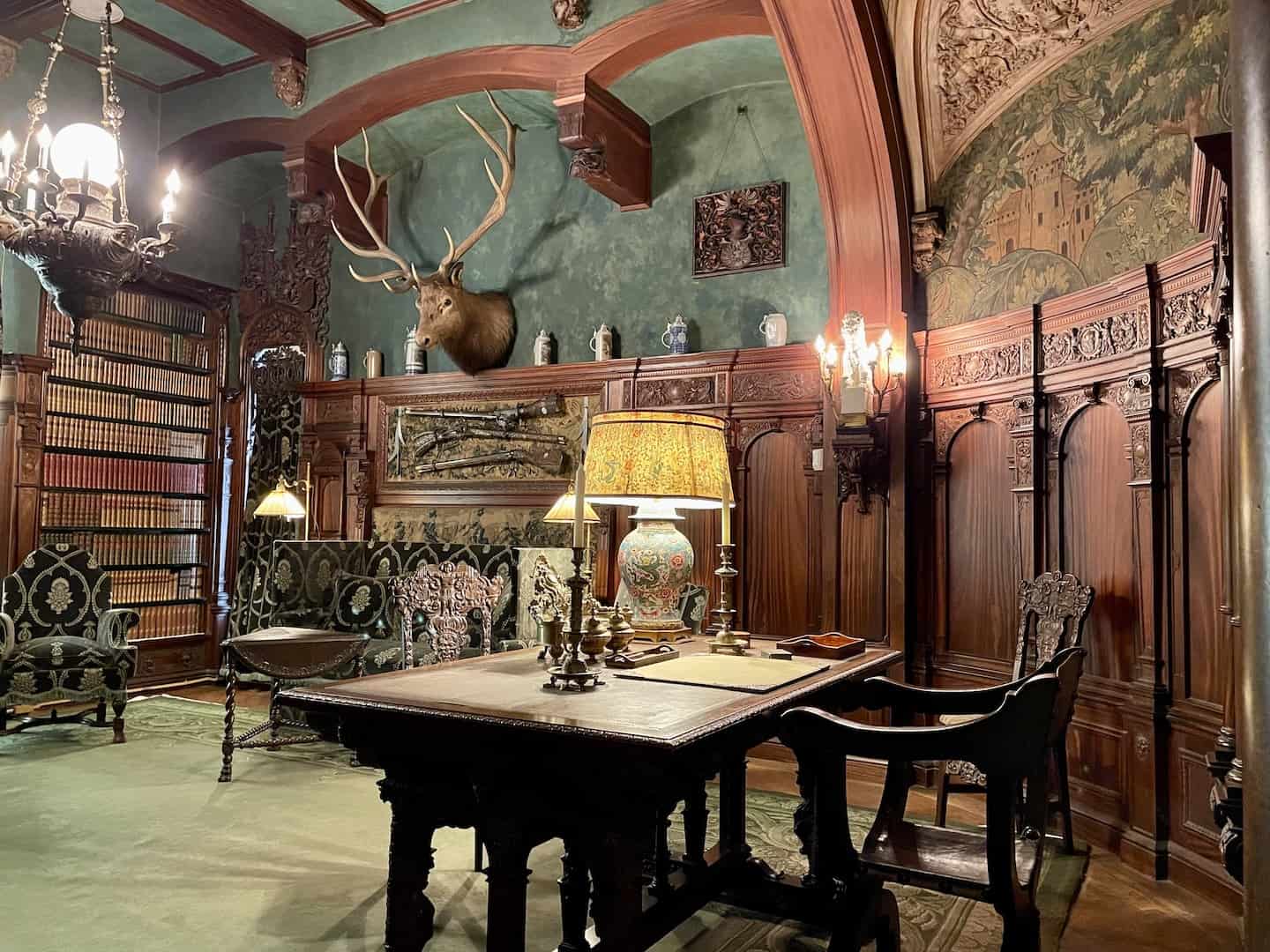
Admission
- $10 per adult (at the time of publication)
- Credit card payment is the only form of payment accepted.
- Since this is a National Park Service property, you can present your NPS America the Beautiful Pass and get in at no charge.
- No admission fee is charged for children 15 years old and younger.
- The grounds and gardens are free and open every day from sunrise to sunset.
- There’s ample free parking onsite.
What You’ll Find at the Vanderbilt Mansion
- An opulent Gilded Age mansion built by a descendent of Cornelius Vanderbilt as a country house, used mostly in the spring and fall.
- Over 200 acres of the original estate that is managed by the National Park Service.
- Extensive plantings of trees and other plants made by the Vanderbilts over a century ago as well as some of the previous landowners.
- Formal gardens that include annuals, perennials, and roses.
- Trails from the mansion through the woods down to the river. The property’s trails run along the Hudson River and connect with the Franklin D. Roosevelt National Historic Site to the south.
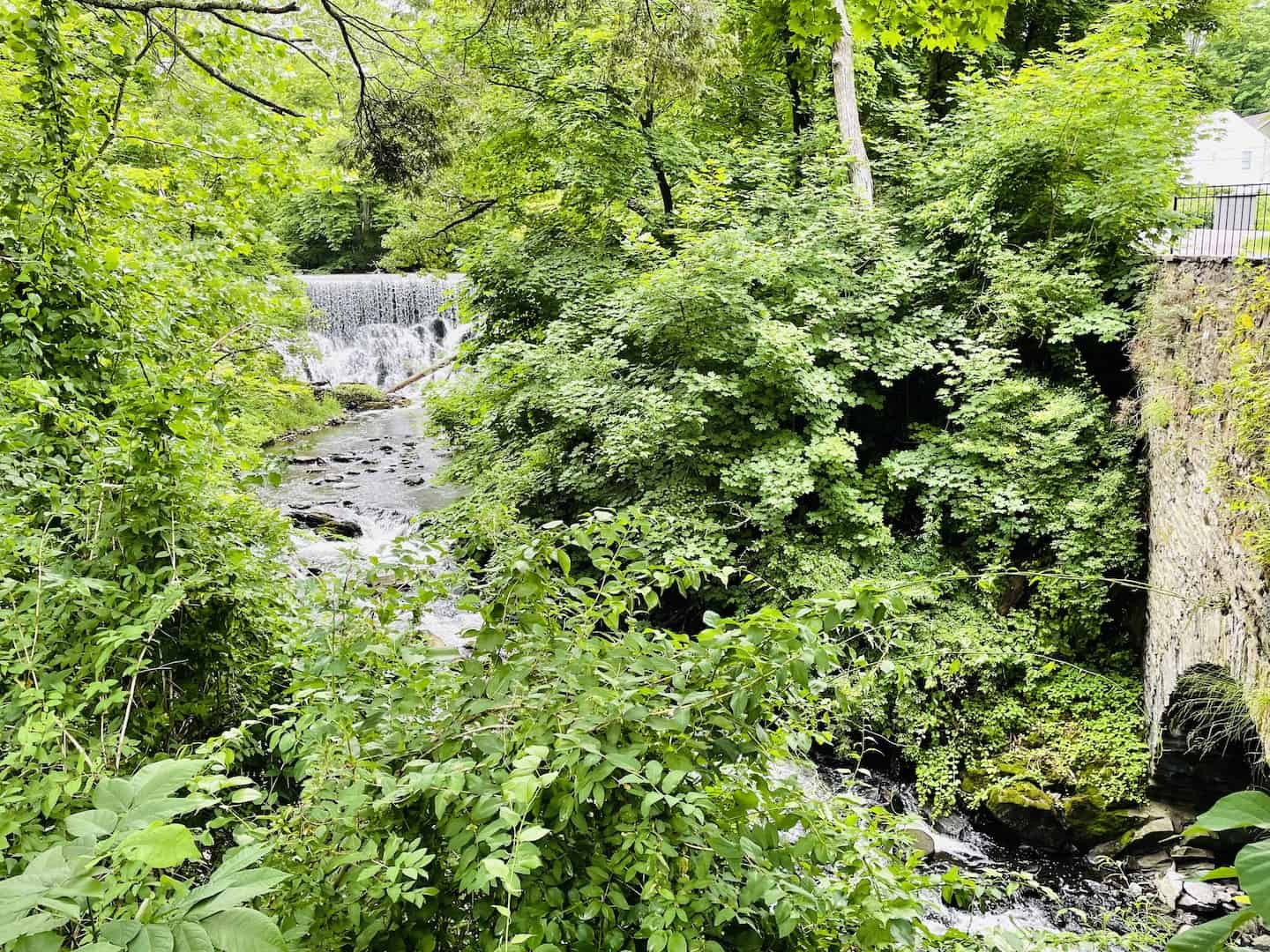
Tips for Your Visit to the Vanderbilt Mansion
- Check for days and hours that tours are offered. At the time of this publication, tours were offered Thursday through Monday.
- Tours of the mansion last about 45 minutes and include the first floor, second floor, and basement.
- Mansion tours leave from The Pavilion, a building to the right of the mansion. The Vanderbilts built and lived in the Pavilion while construction was occurring on the mansion. The entire building process of the mansion spanned about 24 months.
- If you walk down the trail from the formal gardens through the woods or on the roadway on the property, you’ll head downhill to a gate (that’s most likely closed). There’ll be a building marked as private property on your right. At the gate, turn left and proceed a very short distance, with the stone wall on your right. You’ll be rewarded with a view of a beautiful waterfall.
- When you are driving towards the exit after visiting the property, there’ll be a gate ahead of you near the exit. If it’s open (mostly Monday-Thursday), drive down about a half mile to a parking lot along the river bank. There are some picnic benches near the river’s edge. (My husband and I had a relaxing picnic lunch there and watched boats go by.)
- The riverside Hyde Park Trail connects this property with the Franklin D. Roosevelt National Historic Site if visitors want to view these properties from a different vantage point — from the banks of the Hudson River.
- The Vanderbilt Mansion is the setting for outdoor concerts in the summer. Many of them are free to the public. Bring your lawn chairs and enjoy. (My husband and I keep our foldable lawn chairs in our car on road trips, and they came in handy on this one! You never know when an outdoor concert or picnic spot may lure you while exploring new places.)
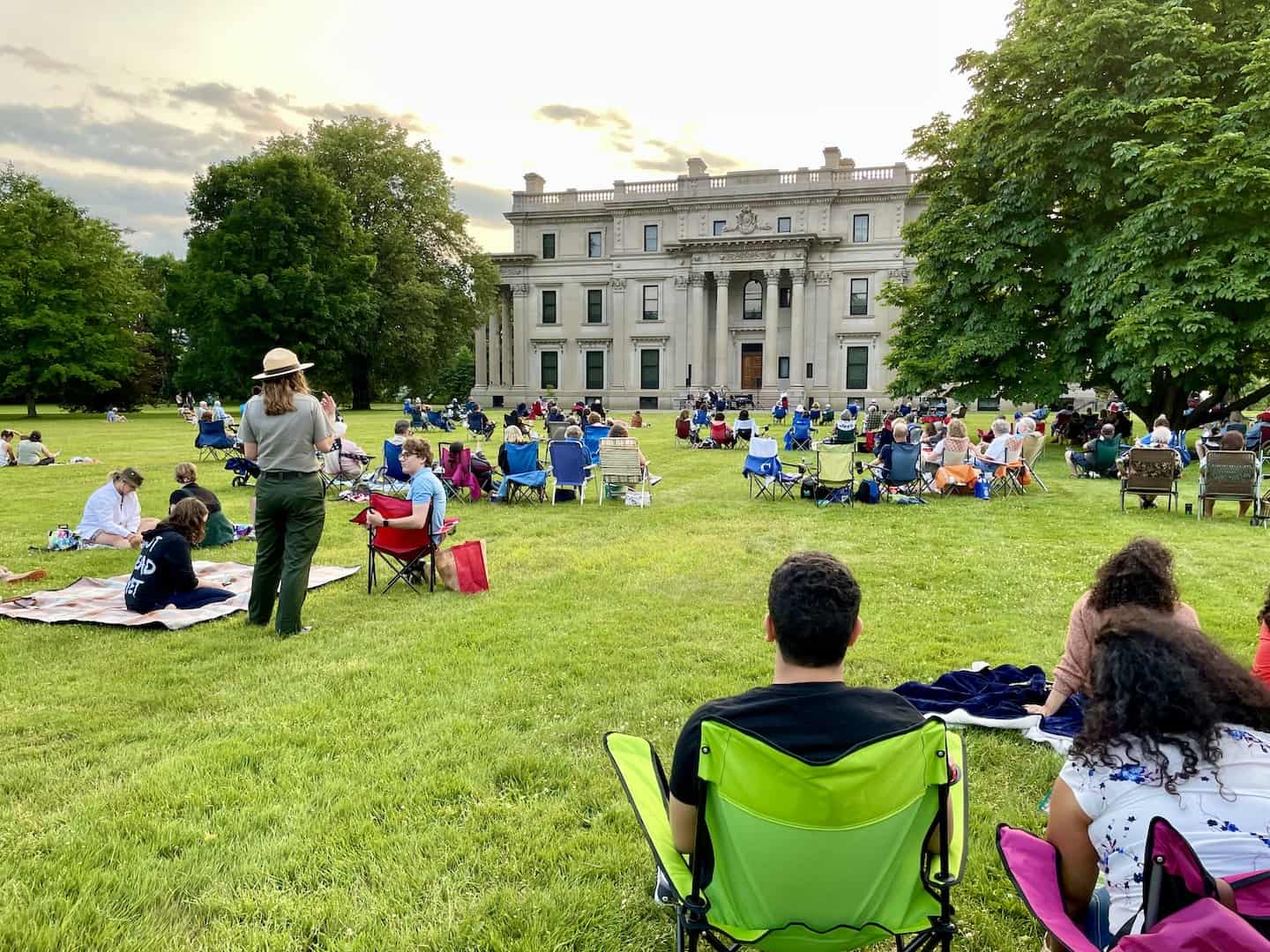
Commentary: Wealth in the 19th Century
My husband and trusty travel buddy, Pop, wrote this commentary to add context to the time period represented by the Vanderbilts:
The Vanderbilts lived during what is popularly called the Gilded Age – in the time of the “Robber Barons.” In today’s day and age, the Robber Barons of the mid to late-1800s are frequently viewed with disdain. However, they were instrumental in the rapid and broad-based development of the United States.
The Robber Barons
Who were the founding fathers of the Robber Barons? They were Andrew Carnegie, J. P. Morgan, John D. Rockefeller, and Cornelius Vanderbilt. As the first generation of industrial revolution technology first began to materialize, these trailblazers had the courage combined with the societal/governmental environment (unique to the U.S.) to bet everything over decades to transition these technologies from rare to commonplace:
- Carnegie made steel the affordable successor to iron, thus making skyscrapers to automobiles practical;
- J. P. Morgan provided the financing that made possible some of the above and much more (i.e., GE);
- Rockefeller developed oil fields and refined that oil into kerosene that was primarily for household lighting and ultimately gasoline to propel everyday transportation; and
- Vanderbilt made long-distance transportation affordable initially via regional ferry services in the New York region and ultimately rail transportation within the industrial core of the northeast United States.
Limits on Wealth Accumulation
As the 19th century transitioned to the 20th, these founding fathers of the Robber Barons had amassed incredible wealth. After a time, they came under the scrutiny of elected officials. Long story short, such changes to American society as income taxes and anti-monopolistic practices were put into law. This resulted in the Robber Barons having to make significant divestitures. These actions, in turn, expanded the equities markets of the United States, making them more readily accessible to the common would-be investor. Ultimately, the average citizen and pension funds would have the ability to become investors in the American dream.
The Robber Barons both advanced the development of the United States well ahead of any other country/region of the world and also facilitated the democratization of financial markets.
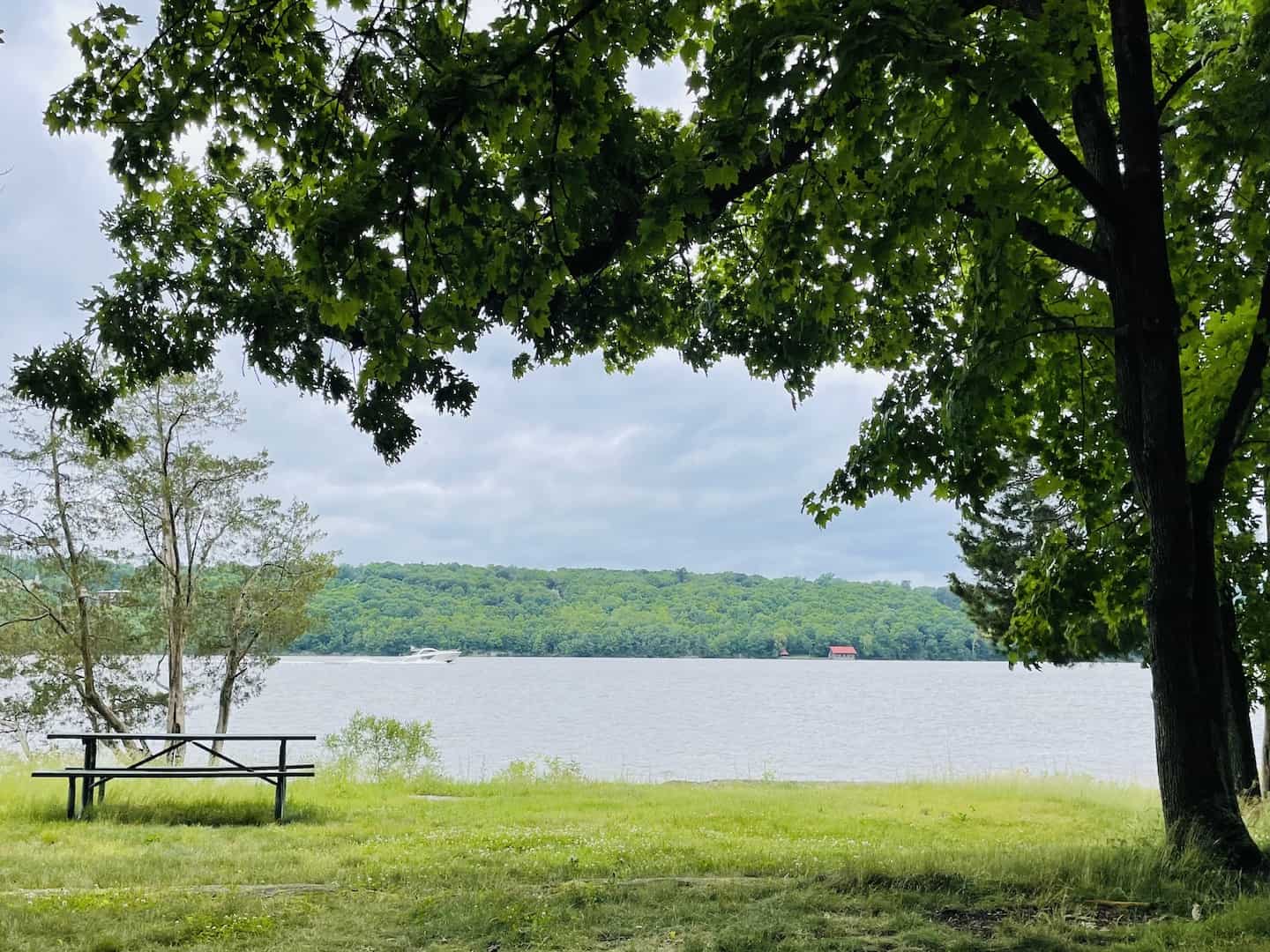
Where to Stay
Looking for proximity to the Vanderbilt mansion and other inviting places just a short drive away? My husband and I enjoyed our stay at Journey Inn — and it’s right across the street from the Vanderbilt home.
Nearby Attractions
There’s a lot to take in and enjoy in the Middle Hudson River area near Hyde Park. Read my detailed guide of top sites to visit in the Dutchess County area of New York.
There’s a lot to explore in New York state. My husband and I really had fun on our visits to several other spots outside the Hudson River region. Check out my guides to:
- Historical Sites in the New York Adirondack Mountains (including President Grant’s Cottage, Fort Ticonderoga, Fort William Henry, Saratoga Battlefield, John Brown’s Farm)
- Lake Placid
- Saratoga National Historical Park (Saratoga Battlefield)
- Saratoga Springs
Final Thoughts
The Vanderbilt Mansion in Hyde Park is a step back in time when wealthy industrialists and financiers flaunted their wealth and invested in multiple homes designed to impress their guests. After all, this home was actually used just a few months a year to enjoy outdoor activities. In fact, the Vanderbilts – and their wealthy contemporaries – rotated among their various properties depending on the time of year.
Taking a tour of this mansion and extensive grounds helps visitors understand the opulent lifestyle that the super-rich relished during the Gilded Age. Besides the guided tour of the mansion, walking (or jogging) the trails on the property is a scenic way to get some exercise, to view unique features of the property like the formal gardens, the waterfall, the abundance of trees planted, and the trail that takes you down to the banks of the Hudson River.
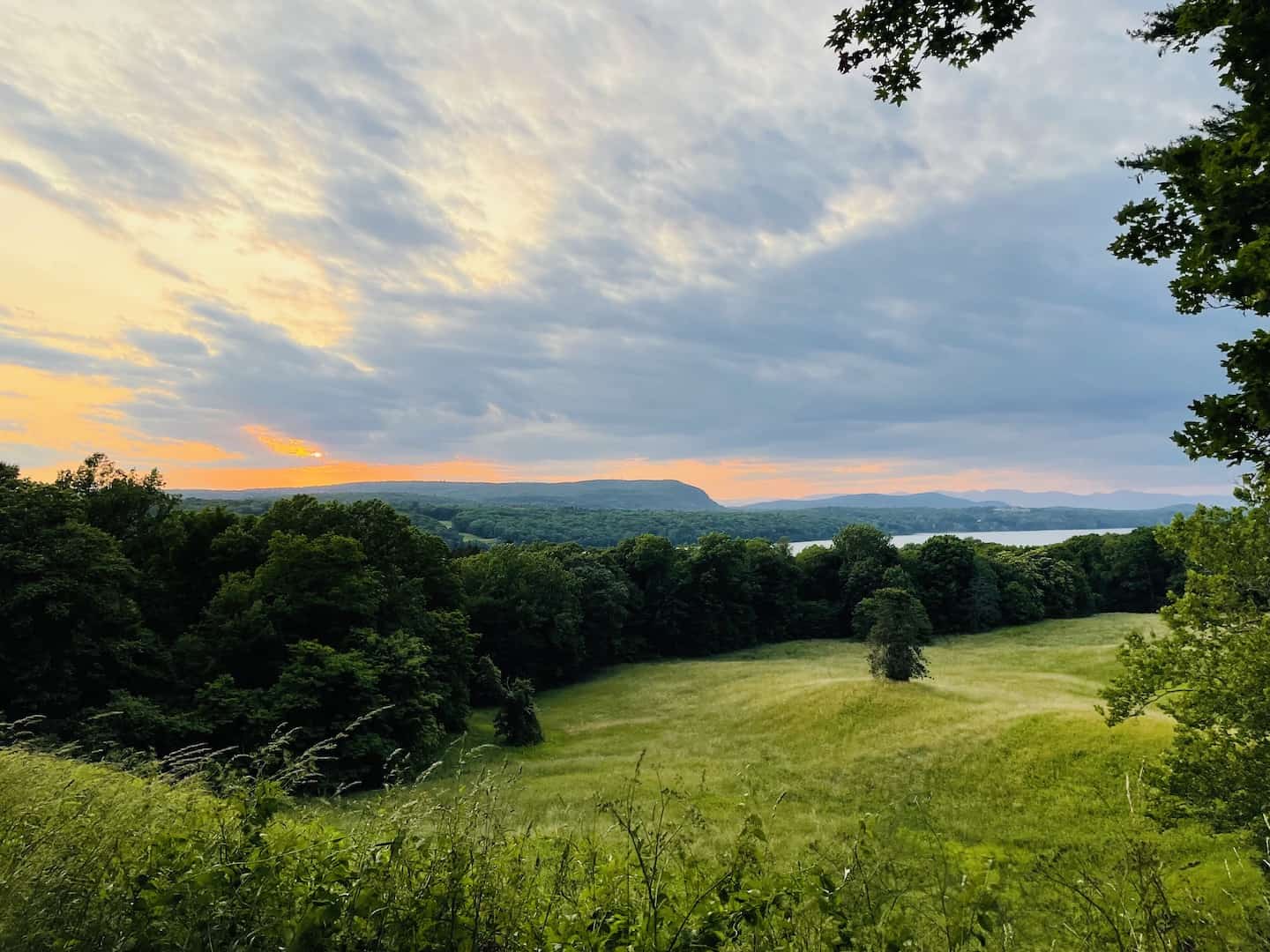
Comments?
Please share your experiences and suggestions for other places to visit in the Hudson River area. Your ideas could be helpful to other travelers. Thanks! 🙂

